Improving UX with Customer Journey Maps - Six Revisions |
| Improving UX with Customer Journey Maps Posted: 29 May 2013 03:00 AM PDT The necessity of providing user satisfaction on every key touchpoint in your business is critical to your success. The issue, however, is identifying those crucial touchpoints. Customer journey maps could be an incredibly helpful solution in this area.
Borrowing from Service DesignService design is an activity performed in the marketing and management departments of businesses. In the context of website production, the closest analogy would be user experience design (UX). In a nutshell, service design involves providing or creating positive feelings for customers while they are using the designed service (product), with the focus on the interactions that take place in a variety of channels (which encompasses both the online and offline world). A well-designed website is not enough when the customer’s visit to your brick-and-mortar physical store is an unpleasant experience, or when her tech support call was not satisfactory. Thus, service design is a holistic business approach. However, in this article, we’re going to talk about how to apply some service design concepts specifically towards website production and design. What are Touchpoints?Creating positive feelings for your customers all boils down to ensuring that their experience is great on all the places they see and interact with. Places where the business and the customer are interacting with each other are often referred to as touchpoints. For example, when we consider the touchpoints of a computer technology corporation, some of their touchpoints might be:
In a website, these touchpoints might be:
The Problem to SolveThe question is this: How do we identify critical touchpoints in our websites? The answer is to take advantage of one of the most important tools used in the service design field: customer journey maps. What is a Customer Journey Map?Customer journey maps describe a schema of the path traveled by a typical customer moving through our touchpoints. At each touchpoint, we illustrate how the customer’s attitudes and feelings might change towards our company.
Benefits of a Customer Journey Map
Creating Customer Journey MapsWhat follows are the general steps you’ll need to take in order to create customer journey maps. Step 1: Gather and Assess Your Existing Knowledge about Your UsersThe most important thing in this step is to gather and use the information you have already obtained through past user research and studies. This will help eliminate the subjective approach to the problem; it helps us avoid drawing conclusions based on hunches and loose deduction. If your user data is lacking, or if you simply don’t have any, there are plenty of usability tools that will help you gather the appropriate user data. Results and Deliverables:
Tips:
Step 2: Fill Your Knowledge GapsFind out what you don’t know and also identify things you’re unsure about. For these things, you can gather, test, and verify them with additional user studies. Results and Deliverables:
Tips:
Step 3: Create User PersonasAt this point, you should have enough data points to create an accurate user persona. A user persona is a fictional character that represents the goals and behaviors of your average user.
Creating user personas is beyond the topic of this article, but here are some detailed tutorials, guides, tools, and books that will help you create user personas:
Results and Deliverables:
Tips:
Step 4: Draw Your Customer Journey MapMap out the highlights of the results you have gathered during the previous steps. Start by defining the principles governing the purchase process. For example, if you’re selling a technical book on JavaScript or PHP, one defining principle in your service design is the fact that a purchase will probably not be impulsive since these books are for professionals already intent on learning.
Compare that to items that are typical impulse-purchase items like shoes, junk food or items marked on sale, and the principles governing the process drastically changes.
Results and Deliverables:
Tips:
Components of a Customer Journey MapFor inspiration, here’s what the contents of our customer journey maps include:
Here are other examples of customer journey maps:
What’s Next?Obviously, the creation of your customer journey map is not the end goal; the key is to draw appropriate conclusions from it in order to improve the user’s experience. The first step is to identify the areas that need immediate improvement, mostly because they reduce the overall level of user satisfaction. Once you’ve patched the holes, you should be able to tighten the screws and start looking for points where the level of satisfaction can be further improved. Finally, keep in mind that the use of the customer journey map is an ongoing process. It’s a tool that should be used for periodic monitoring of the current level of satisfaction of your users, and for quickly identifying opportunities for development. Related Content
About the Author |
| You are subscribed to email updates from Six Revisions To stop receiving these emails, you may unsubscribe now. | Email delivery powered by Google |
| Google Inc., 20 West Kinzie, Chicago IL USA 60610 | |

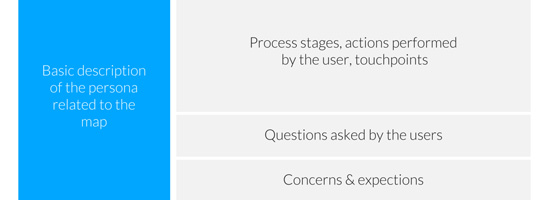
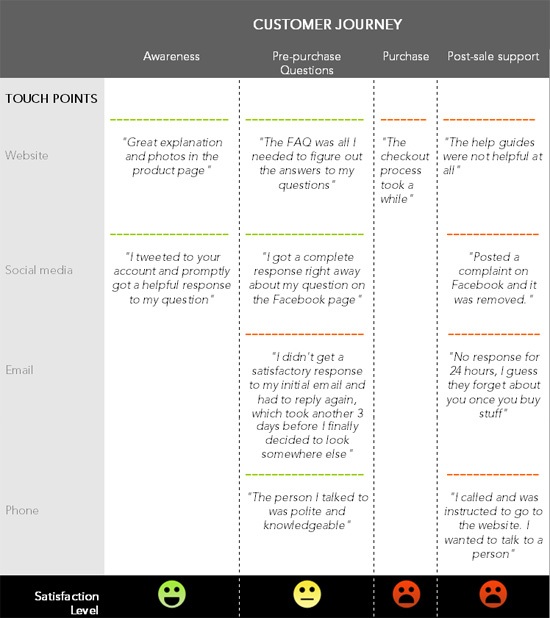
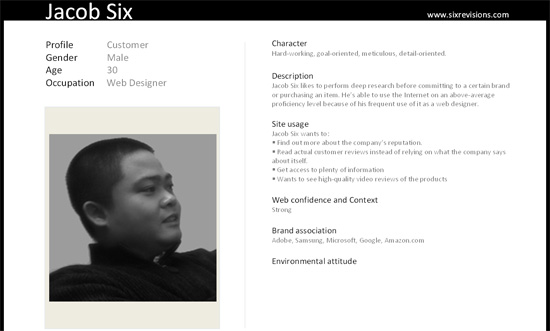



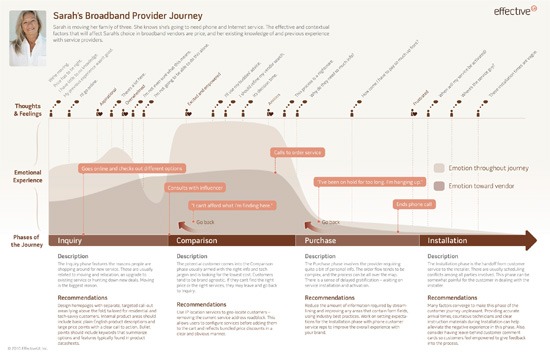
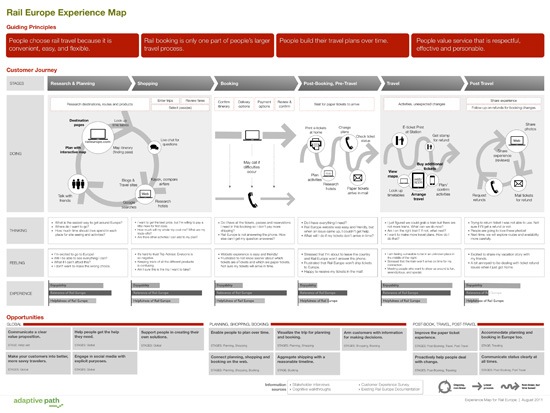
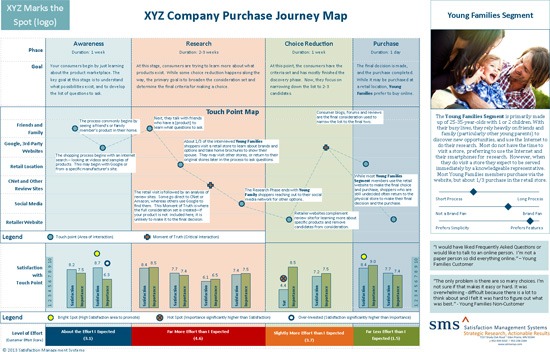

Very informative. UX journey maps is a tool used to understand the user's experience with a product or service.
ReplyDelete